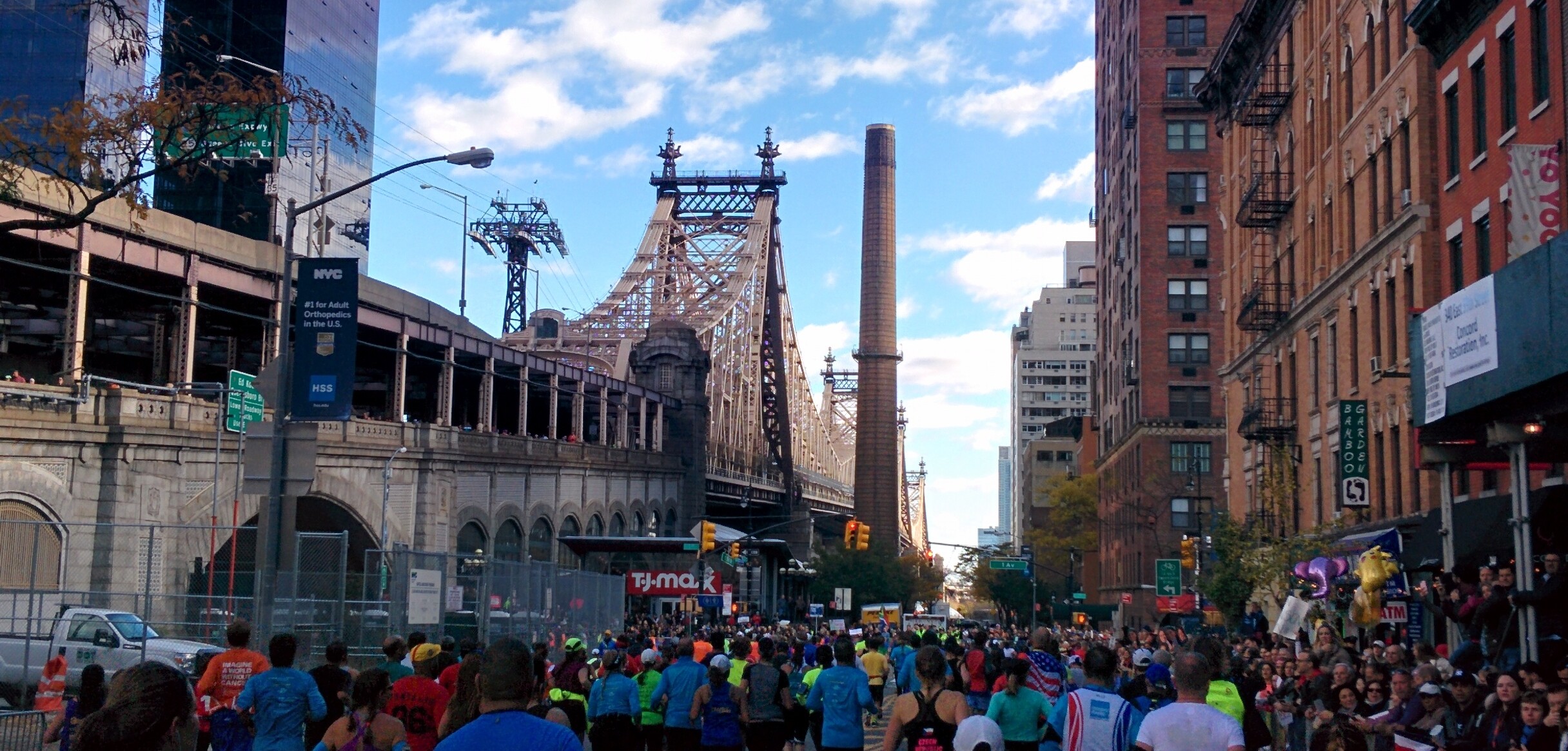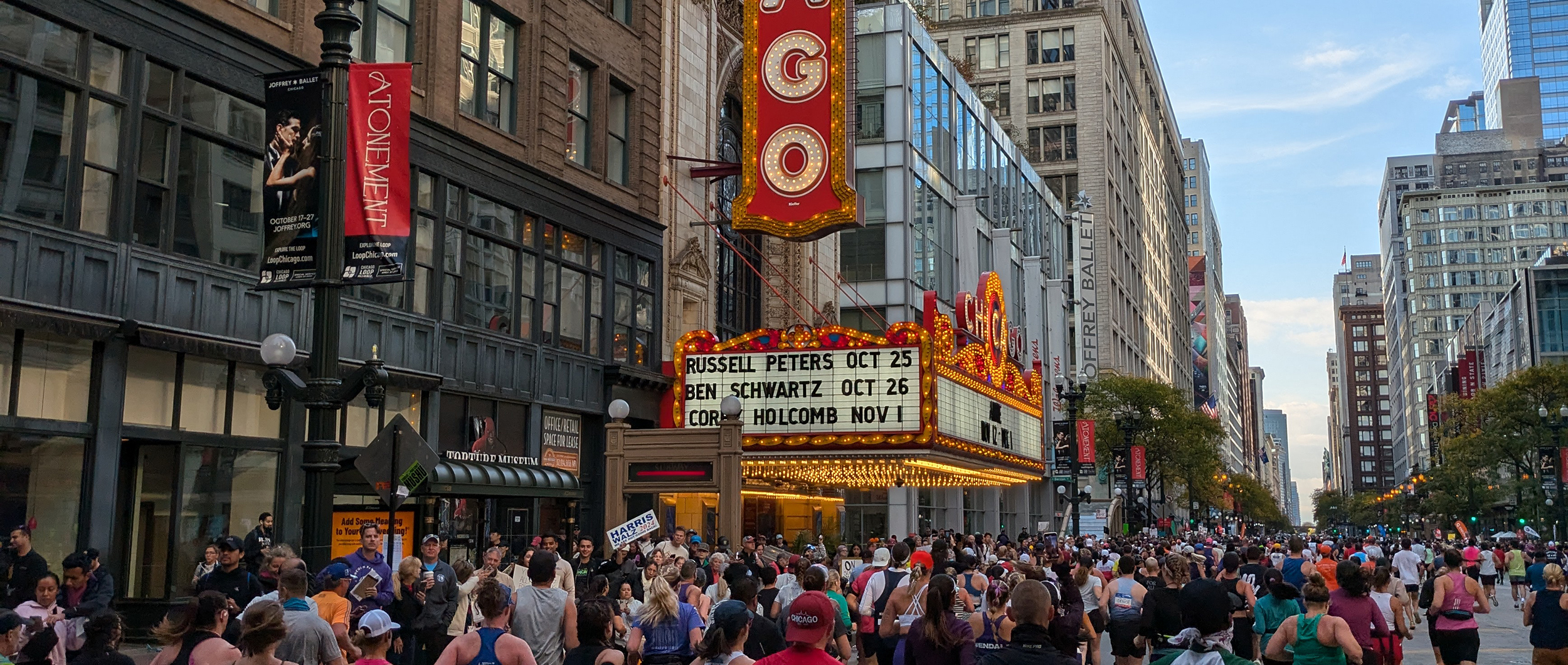News
NOW OFFERING RACE-SPECIFIC TRAINING PLANS!

This week I want to ask you all this one, simple, itty-bitty, little question: Are you slow enough?
“But Coach Laura! Going slower isn’t my goal; going faster is!”
Yes, that may be true, but in order to go fast, you must learn to go slow. There are two things that I’ve found are great limiters to goal achievement and progress, and the widespread inability of athletes to go slow or easy when it’s called for is absolutely one of these two.
There are a lot of words that I hear from athletes regarding what they want to be: “fast,” “tough,” “first,” “better,” “strong”...and more. And then, conversely, there are a lot of words that I hear from athletes regarding what they don’t want to be: “slow,” “last,” “weak,” “worse”...and more.
“Fast” and “slow,” of course, are relative terms, and what those terms mean for each athlete depends on where that athlete is in their fitness/endurance sports journey. However, ALL athletes need to go slow-for-them if they are truly going to make progress in going faster-for-them.
Let’s take a look at one of my favorite professional athletes, Eluid Kipchoge, who (as of the time of this writing) is literally the fastest marathoner in the entire history of the human race. This man can (currently) maintain a 4:38 per mile pace in a marathon on his own and 4:34 per mile in a marathon with pacers pacing him the entire way. When Eluid has an easy run on his schedule, do you know what pace he runs at? 9:40 per mile. 9:40 per mile. Let that sink in. That is 112% percent slower than his marathon goal pace. ONE HUNDRED AND TWELVE PERCENT SLOWER.
Raise your hand if you run even 50% slower than your racing goal pace on your “easy” runs.
Bueller? Bueller?
As I often talk about, we can learn a lot from the pros about what we should be doing in our own training. In this case, the lesson to be learned here is this: easy needs to be easy (translated: slow needs to be s-l-o-w). Why? Because going truly easy allows the body to recover and make the adaptations that are intended from the hard days. If you go too hard all the time, the body will eventually rebel against you. It may manifest as an injury, it may manifest as a missed time goal at a race. It may take a bit, but eventually, the body will let you know that it needs a break. In other words, it needs to go EASY. Do you think that Mr. Kipchoge is doing this because it doesn’t work? (Spoiler: He’s doing it because it does work.)
A lot of coaches talk about the “gray zone,” which is a term used to describe the zone in which work is being done, but not in a productive way that will elicit gains. This is the zone that many, many athletes exist in: They are getting out there and logging the miles or time, but they are not doing so with enough true variability in their effort or pacing to cause the body to adapt as much as it could. In some cases, the body will not adapt at all if most or all training is done at paces or efforts that are too similar.
The body likes change. It craves varied stimuli. That is what keeps it building back stronger. If it’s always training around the same paces, in the same zones, etc., it will not adapt and change. Easy needs to be significantly slower than hard in order to cause this variability in the stimulus being imposed on the body.
One single great workout doesn’t make a great athlete. A series of quality workouts executed well that progressively build toward the larger goal is what makes a great athlete. I talk with athletes all the time about how it’s really important to keep their heads in the game and execute workouts wisely. Many of the athletes who I work with can tell you that I’ve drawn their attention to things when their data doesn’t support easy paces or easy RPEs. I don’t do this to shame them or make them feel bad, but to try and help them become more self-aware and to encourage them to do the things that will help them continuously make progress toward their goals.
Some guidelines (there are some limited exceptions to these, and hint: most of you are NOT the exceptions):
Don’t care about what your average pace is on your workout on Strava. Don’t care about what other people’s average pacing is on their workouts. Look inside yourself. Be honest with yourself. (I’m talking very honest.) Measure yourself against yourself. Really try to decipher if you went easy when your plan called for it - either in complete workouts or in the recovery intervals of workouts that contained those. If you feel tired, lethargic, heavy in your workouts, could it be because you are not taking going easy or slow seriously over the course of your entire training plan?
So now, I’ll ask you again: Are YOU slow enough?



































































































Have a question or ready to get your TRAINING started?
Fill out our Contact Form to the right and we will get back to you shortly!